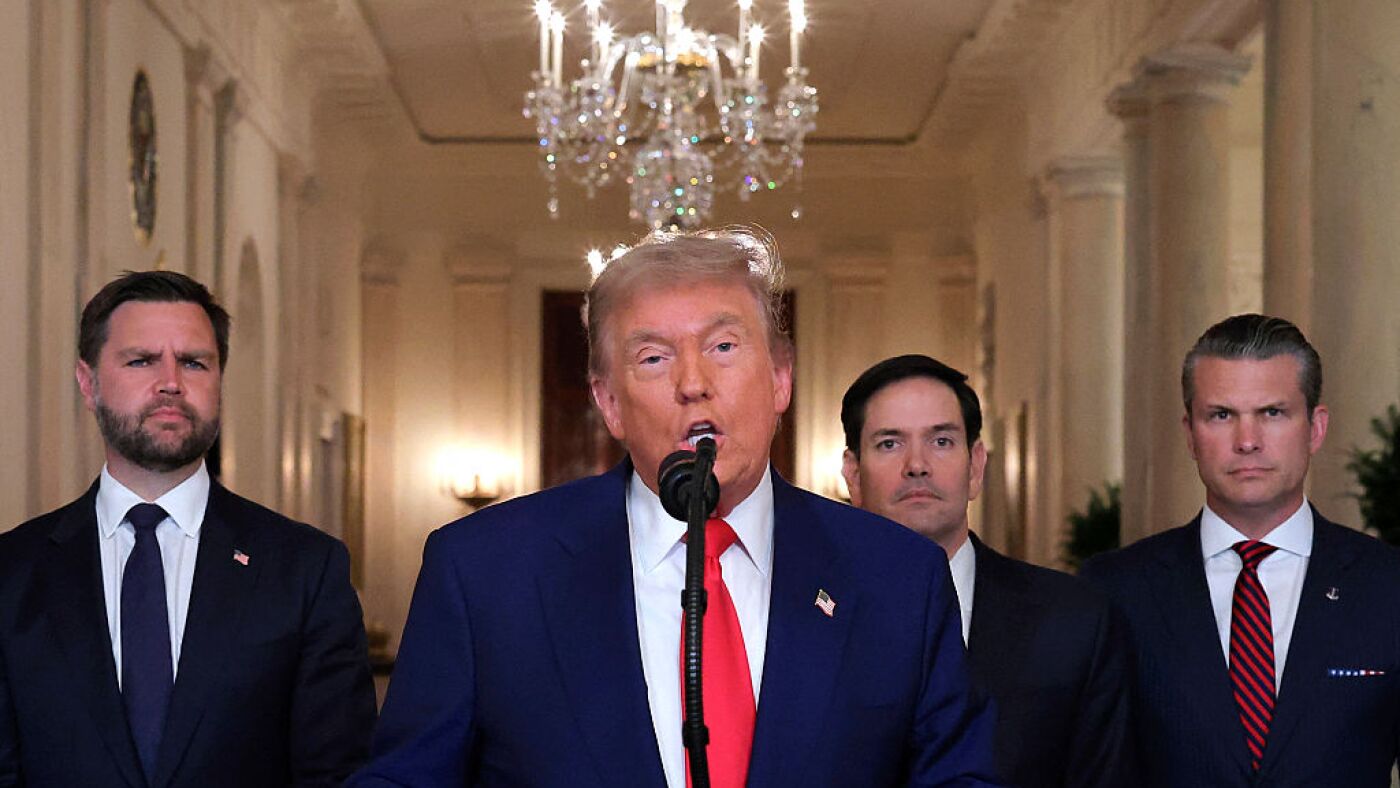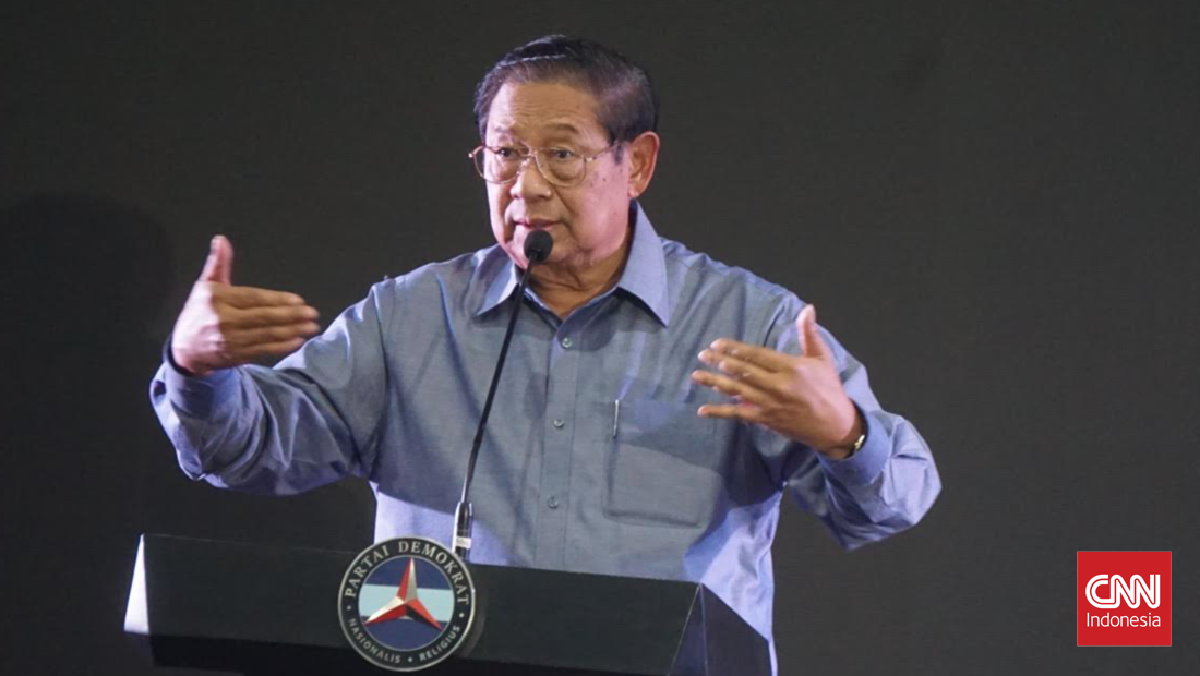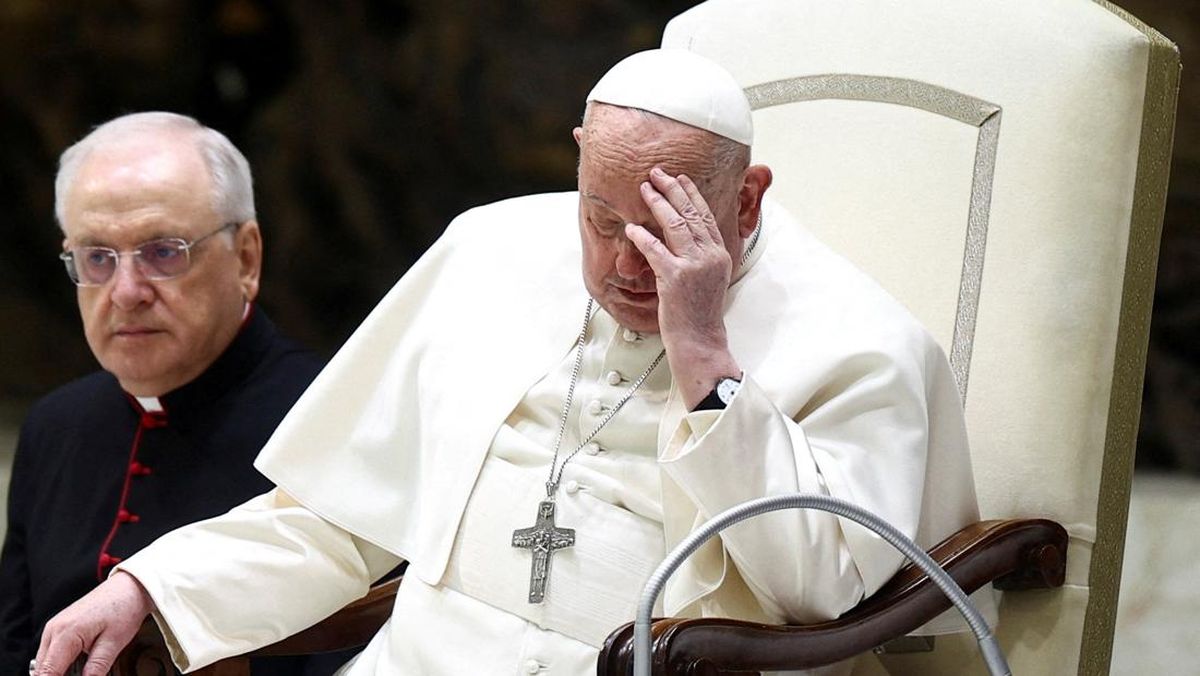
Republicans in Congress plan to use a tool of the budget process, known as reconciliation, to pass portions of President Trump's agenda without the need for votes from Democrats in the Senate. Zayrha Rodriguez for NPR hide caption
toggle caption
Zayrha Rodriguez for NPR
The House Republican leadership plans to bring a budget resolution to the floor this week in what marks an early step in a lengthy process that Republicans hope to use to pass much of President Trump's policy agenda without any input from Democrats.
Republicans in the House and Senate have their eyes on a special budget tool called reconciliation — a complicated process that enables them to avoid a filibuster in the Senate. The only catch is they have to agree on a budget and get that passed first.
So far, that has not been a simple task. Senate Republicans passed a competing budget resolution last week. The two chambers have been at odds over the best approach to advance legislation to increase funding to the southern border, boost military spending and extend the tax cuts passed in the first Trump administration, which are set to expire at the end of the year. And reconciliation works only if both chambers get on board with the same resolution.
What exactly is reconciliation?
Let's start at the beginning. Bills need to pass both chambers of Congress to become laws.
In the House, a bill passes when at least 218 members (half of the 435 representatives plus one) support it. In the Senate, most bills need the support of at least 60 senators. Republicans have 53 seats today.
"It's nice to have the Senate majority, and you get pretty titles and gavels, and you can nominally control the floor, but as Schoolhouse Rock! would tell us, unless you have 60 votes for most things, you can't move forward," said Liam Donovan, a political strategist.
One way to get around that 60-vote threshold and avoid the threat of a filibuster is budget reconciliation, a tool made possible because of the Congressional Budget Act of 1974.
Reconciliation allows the party in control to pass legislation with a 51-vote simple majority in the Senate. The aim is to make it easier for Congress to make adjustments to laws that either bring in revenue or change spending levels.
It was first used in 1980 for the 1981 fiscal year and is not used every year.
"It's become the preferred tool over the past 25 years in this modern, partisan political era," said Donovan.
For example, Republicans used reconciliation to pass tax cuts in 2017, and Democrats used it to pass elements of then-President Joe Biden's agenda, like the COVID-19 relief package and the Inflation Reduction Act.
What is the process?
Reconciliation is a two-stage process.
It starts with a budget resolution that gives instructions to congressional committees to write legislation that achieves certain budgetary outcomes. For example, a resolution might include instructions to the Committee on Armed Services to report changes in laws within its jurisdiction that result in increasing or reducing the deficit by a certain amount.
Once the budget resolution passes out of committee, all the committees that received instructions get to work.
The Budget Committee then incorporates all those bills into one big bill that's considered by the House and the Senate.
If there are disputes between the chambers, they have to resolve them.
Why do I keep hearing about vote-a-ramas?
Vote-a-ramas can be dramatic and drawn-out affairs where senators take up a marathon of amendments ahead of a final budget vote.
They begin in the Senate when debate on the bill ends. Senators essentially keep offering amendments on the bill until they run out of amendments — or steam — and decide to stop.
It is a rare chance for the party in the minority to bring legislation to the floor and is an opportunity for senators to try to undo parts of the budget resolution through objections known as budget points of order.
There are two vote-a-ramas in the course of the reconciliation process: one on the budget resolution, which is less consequential, and the second on the final proposed legislation itself.
"The amendments that happen in the final legislative package are really important — you're playing with live ammunition when you're on that final stage of reconciliation," said Donovan.
Why wouldn't reconciliation be used all the time?
There are limits to budget reconciliation. It's used to make changes to the debt limit, changes to mandatory spending or adjustments in revenues. It cannot be used for discretionary spending.
There's also what's known as the Byrd rule, named after former Sen. Robert Byrd of West Virginia.
The rule allows anything determined not to have a direct budgetary consequence to be removed from the bill. The goal behind this is to prevent reconciliation from being used for measures unrelated to the finances of the federal government.
In other words, reconciliation is about money going out from the federal government and the money it takes in.
If a senator thinks a provision in the bill doesn't pass muster with the Byrd rule, the senator can raise a "point of order." The Senate parliamentarian advises the presiding officer on whether the provision violates the rule.
This could include anything that doesn't result in changes to spending or revenues, doesn't cause changes to Social Security or doesn't raise the deficit beyond the point of the budget window, which is usually 10 years.

 3 months ago
46
3 months ago
46


















































